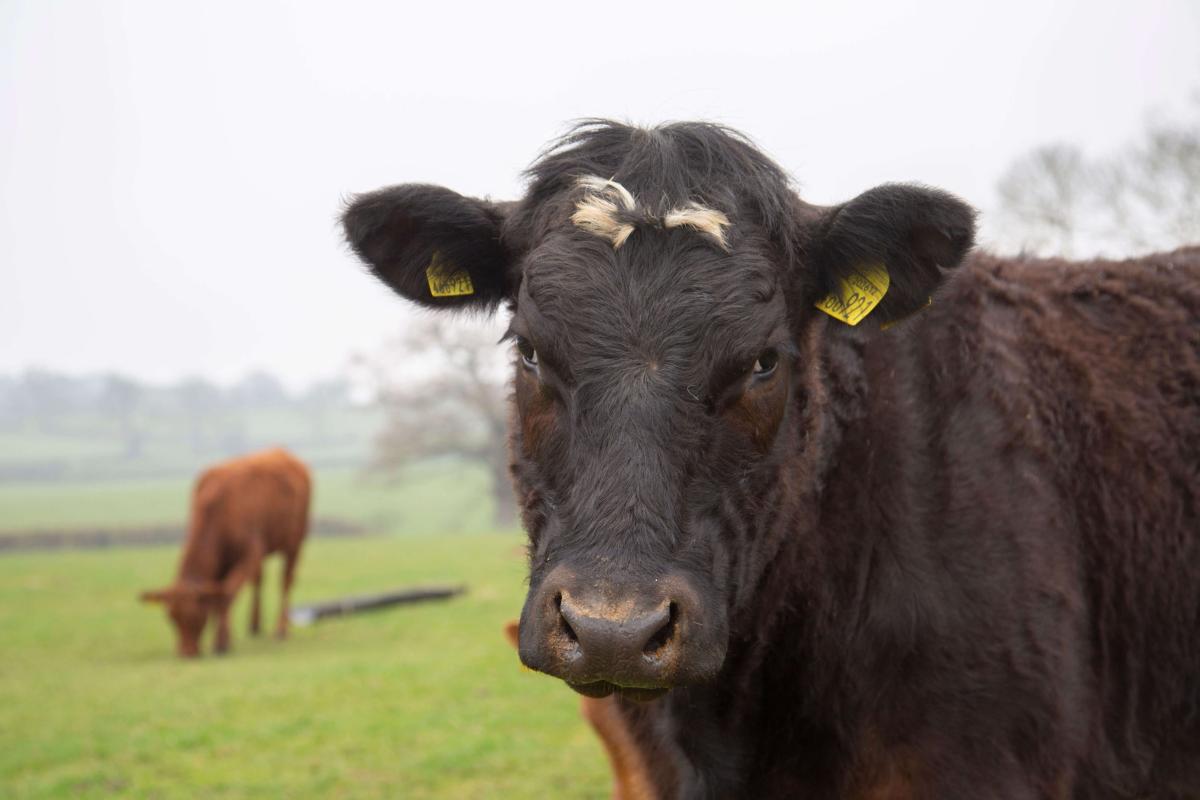
Cows are incredible animals with an equally impressive digestive system. Unlike humans, who have a single-chambered stomach, cows possess a unique, four-compartment stomach that enables them to efficiently digest fibrous feeds such as grass, hay and silage. This ruminant digestive system is essential for extracting energy and nutrients from plant materials and plays a vital role in maintaining overall health, milk production, and growth. For farmers who keep cows, understanding this system is key to supporting good nutrition and getting the best performance from their herd.
The ruminant digestive system
Rumen
The first and largest compartment of the cow’s stomach is the rumen, which functions as a fermentation chamber. It can hold over 100 litres of digesta and is home to billions of microbes, including bacteria, protozoa, and fungi. These microbes break down tough plant fibres and convert them into volatile fatty acids (VFAs), which provide the cow’s main source of energy. This process also produces gases such as methane – a natural by-product of fermentation.

Reticulum
Next is the reticulum, which works closely with the rumen. It has a honeycomb-like structure and plays a key role in trapping any dense or foreign objects that the cow may ingest. It also aids in the formation of cud – partially digested feed that is regurgitated, re-chewed, and swallowed again. Cud chewing increases the surface area of the feed, boosts saliva production, and helps maintain a stable rumen pH.
Omasum
From the reticulum, the digesta moves into the omasum. This compartment is lined with many folds, which increase the surface area for absorption. The omasum's primary role is to absorb water, electrolytes, and minerals from the feed. It also helps to further reduce particle size before the digesta enters the final stomach compartment.
Abomasum
The abomasum is often referred to as the “true stomach” because it functions similarly to a human stomach. It produces acid and enzymes that break down the remaining feed and kill off rumen microbes, which are then digested as a valuable source of protein. Nutrients released here are absorbed in the intestines and used by the cow for milk production, maintenance, reproduction, and immunity.
Managing cow nutrition
Supporting this complex digestive system is crucial for maintaining good nutrition. A properly functioning rumen allows cows to make the most of high-fibre forages, producing microbial protein and enabling the absorption of essential vitamins and minerals. Saliva, produced in large quantities during cud chewing, helps buffer the rumen and maintain an optimal environment for microbes.
For farmers, this means paying close attention to both the quality and balance of the diet. High-quality forage should form the basis of the ration – it should be clean, well-conserved, and free of mould. Rations must also be balanced in terms of fibre and starch. Too much rapidly fermentable starch can lead to rumen acidosis, whereas a lack of effective fibre can reduce cud chewing and saliva production.
It’s also important to introduce dietary changes gradually, allowing time for the microbial population in the rumen to adjust. Sudden changes can disrupt digestion and reduce feed efficiency. Farmers should regularly monitor cow behaviour and manure consistency. Signs such as loose dung, undigested fibres, or reduced cud chewing may indicate an issue with the ration or feeding routine.
In some cases, feed additives such as rumen buffers, live yeasts, or specific minerals may help support rumen health and feed conversion. The right supplement can make a noticeable difference in herd performance, especially during times of stress or dietary transition.
In conclusion, the cow’s digestive system is a highly evolved engine, turning roughage into valuable nutrients. By supporting each stage of this process – from rumen fermentation to nutrient absorption – farmers can promote better health, productivity, and feed efficiency in their herds. A well-fed cow is a productive cow, and understanding the workings of her stomach is a step towards more effective and sustainable livestock management.
